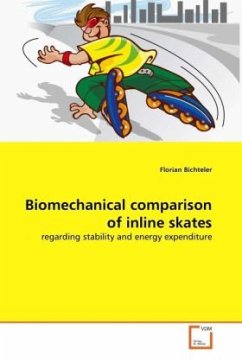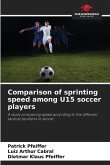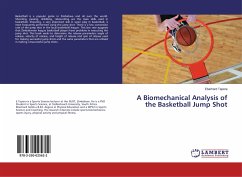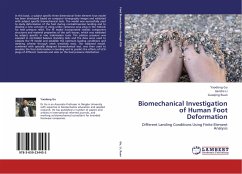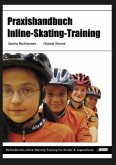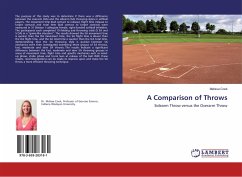Inline skating has enjoyed an increasing popularity in recent years. It is suitable as a sportive individual or group activity, affordable for the broad mass of the population, and easily carried out. Beginners in this discipline not only ask the question, which inline skate is best suitable for them, but they also want safe and quality skates. Developing unique selling propositions is very important to manufacturers. The race for next-generation skates and customers is now in full swing. Up to date knowledge of the market and its products gets a company ahead of other competitors. The sport specific research of inline skating, concerning the motion sequence and the influence of different skates on the movement, is only at the beginning. A scientifically founded knowledge can help to avoid too much strain on the physical supporting apparatus due to poor quality construction features. The aim of this project was the direct comparison of different inline skate models under a controlled test environment. During a pre-test phase two test protocols were developed in order to compare the eight skates for stability and energy expenditure.
Bitte wählen Sie Ihr Anliegen aus.
Rechnungen
Retourenschein anfordern
Bestellstatus
Storno

